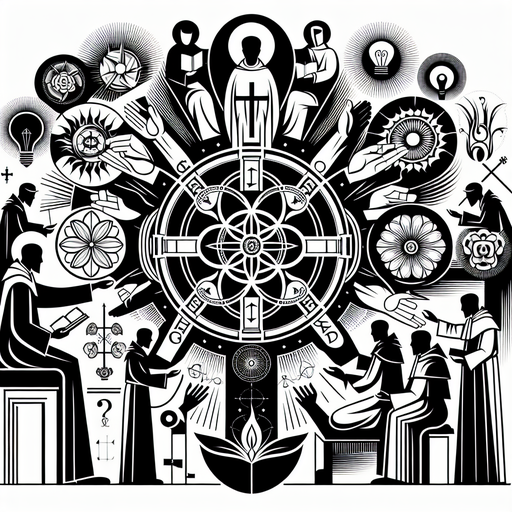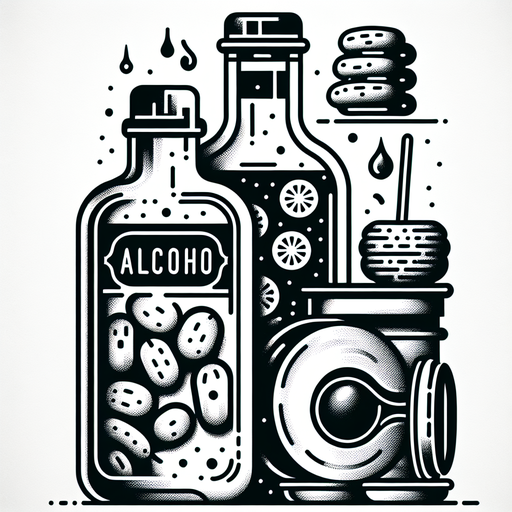Trappist Beer
Focus Made The Best Beers
Westvleteren 12 has often been called the “best beer in the world.” To buy one, you need to venture to the outskirts of a small Belgian town near the French border, named Westvleteren. There, you'll find St. Sixtus' Abbey, a monastery that follows the Cistercians of Strict Observance. The abbey is one of several Trappist breweries known for crafting exceptional beer.
Trappist brewing began with the Cistercian order in the 11th century, emphasizing simplicity, self-sufficiency, and manual labor, which the Trappists intensified in the 17th century with stricter monastic practices. Over time, the Trappists refined their brewing skills through dedication, discipline, and an unyielding commitment to quality, eventually becoming renowned for their mastery in beer craftsmanship. Brewing beer became a way for the monks to sustain themselves while maintaining their secluded lifestyle.
Trappist beers officially became recognized as a unique designation in the 20th century, with only a select number of abbeys allowed to use the authentic Trappist product label. To be considered a true Trappist beer, the brewing must take place within the walls of a Trappist monastery, under the supervision of the monks, with profits directed towards the monastery or charitable works. Belgium, home to the majority of Trappist abbeys, quickly became synonymous with high-quality beer, and this distinction helped solidify the country's reputation as a global beer destination.
The Trappist approach to brewing exemplifies how focus and dedication can lead to extraordinary craftsmanship. By concentrating their efforts on quality over quantity and preserving centuries-old brewing techniques, the Trappist monks have demonstrated that true mastery comes from unwavering attention to detail.
Craving more? Check out the source behind this Brain Snack!


